Around the World in 30 Days
Experiencing the World's Cuisine One Meal at a Time

Three weeks ago I was stranded near O’Hare in Chicago, Illinois and the only restaurant within walking distance to my hotel was a Vietnamese restaurant. I had never had Vietnamese food before, but I figured that it was better than having to take an Uber or bus out to find something else. So I ate there.
It was delicious.
THE EXPERIMENT
What I learned from this experience is that there are so many unique cuisines in the world that I have never experienced before, and so I set myself on a mission to try a new meal from a different country every day for thirty days.
For the sake of simplicity, I decided to only do dinner recipes, and keep the same breakfast and lunch routines.
DAY ONE: JAPANESE CUISINE
A traditional Japanese multi-course meal is known as ‘ichiju-sansai’ and consists of many courses split into small portions. A standard Japanese dinner usually consists of rice or noodles, soup and three dishes. Since I was only cooking for myself, I opted for the sake of simplicity to stick to only one dish, and made the following:
YAKI UDON
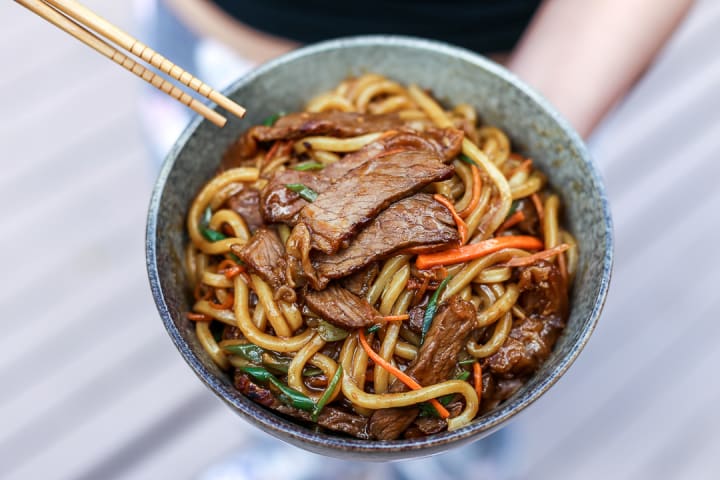
DAY TWO: FRENCH CUISINE
The most important thing to note about how the French eat dinner is this: they love to take their time. Dinner usually comes in several courses and can sometimes last for hours. I didn’t quite have hours to enjoy this meal, but I did take a little bit of time, stretched dinner to two hours and enjoyed a nice glass of wine with the following meal:
BLANQUETTE DE VEAU
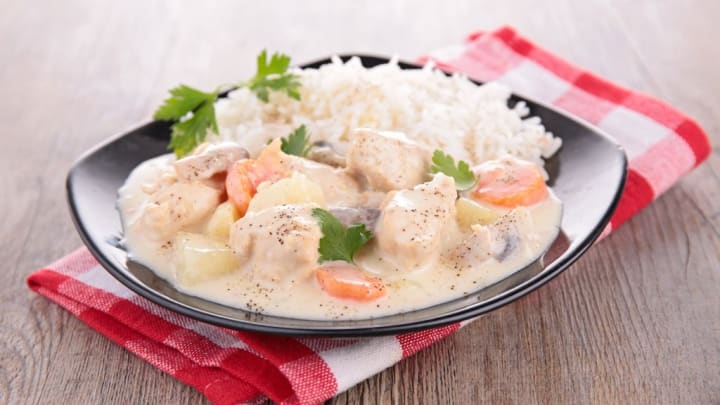
DAY THREE: RUSSIAN CUISINE
Russian cuisine is traditionally quite heavy, so I knew I wanted to be active earlier in the day. I chose to take a hike early in the morning, so I could enjoy this recipe guilt free:
BORSCHT
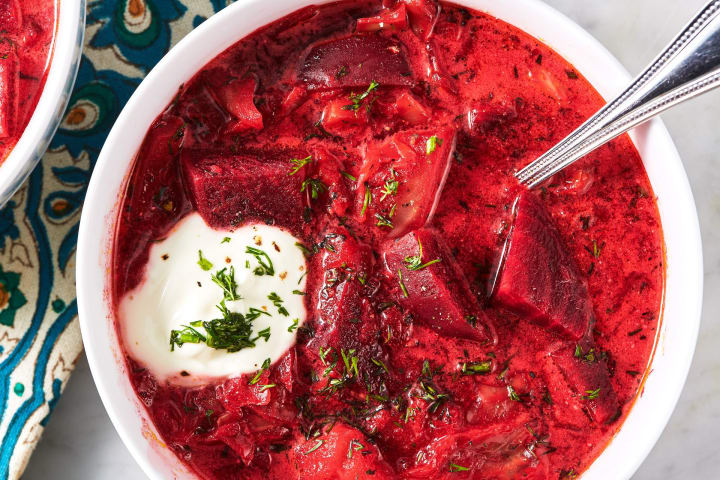
DAY FOUR: PERUVIAN CUISINE
In Peruvian culture, as it turns out, lunch is a more important meal than dinner. This is when families get together and feast. So dinner or ‘cena’ as it’s called is actually often a lighter meal, very similar to breakfast. I thought this would be the perfect cuisine to follow the heaviness of the previous day’s dinner, and as such made the following:
CEVICHE
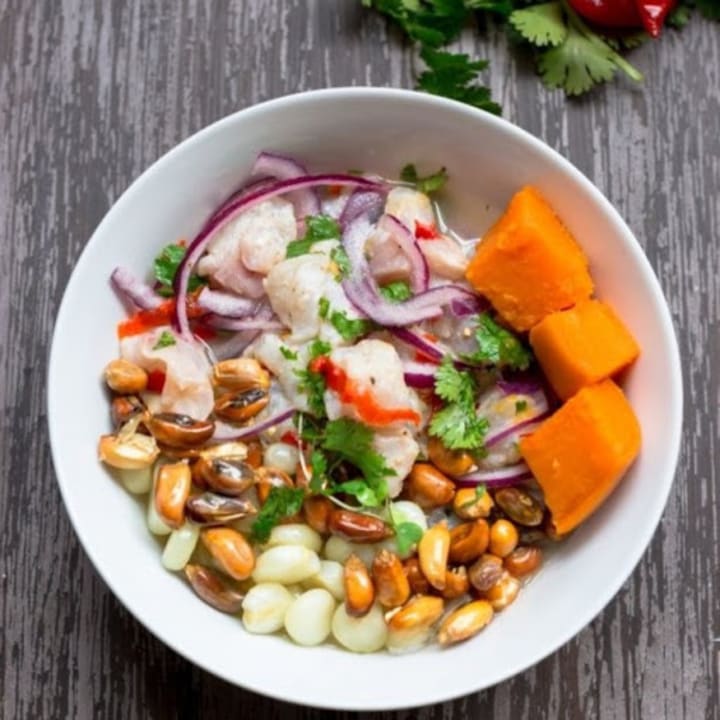
DAY FIVE: JAMAICAN CUISINE
The Jamaican cuisine seems to celebrate simple, local flavors, often consisting of locally grown fruits and vegetables, meat and locally sourced saltfish. As a big fan of pairing salty and sweet flavors, I was excited to try the following:
ACKEE AND SALTFISH
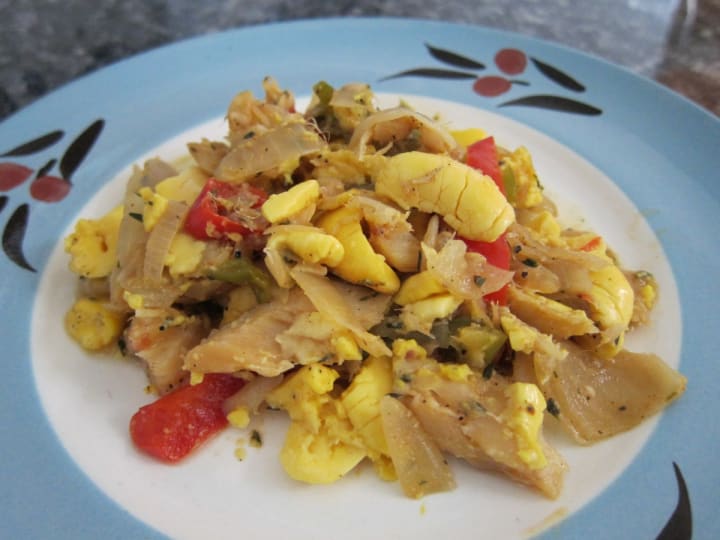
DAY SIX: MEXICAN CUISINE
I was partially familiar with the American idea of what Mexican food is, but I was interested to learn more about traditional Mexican cuisine. Similar to the Peruvian culture, Mexican dinner usually is something lighter, usually eaten at around 8 PM.
PORK POSOLE
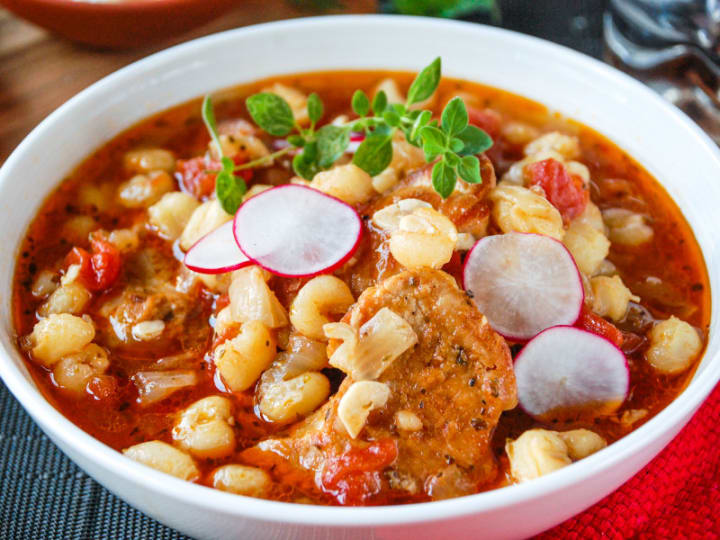
DAY SEVEN: CHINSESE CUISINE
Traditional Chinese cuisine constitutes of one starch, usually rice or noodles, vegetables and fish or meat. They use a lot of vegetables, which is what I felt like I needed at the moment.
CHONGQING NOODLES
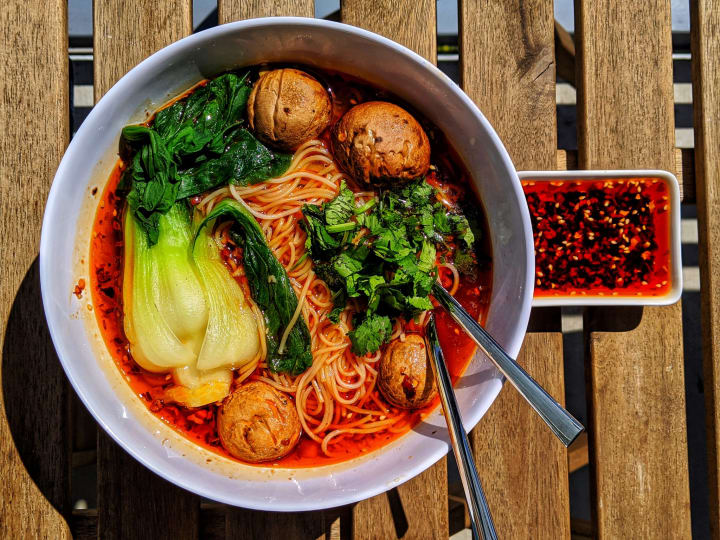
DAY EIGHT: ENGLISH CUISINE
I was actually curious to find out more about English dinner traditions, as I was under the impression that England was not particularly known for its spectacular cuisine. I knew about fish and chips, but I wanted to venture a little deeper into their dinner world, or “tea” as they call it.
SHEPHERD’S PIE

DAY NINE: SPANISH CUISINE
In Spain people eat a lot of food within a day. They spread their food options out over smaller portions throughout the day. Instead of a traditional breakfast/lunch/dinner, their meal sections look more like breakfast/afternoon snack/lunch/tapas/dinner. In this system, the meals tend to be less heavy, and a little on the lighter side.
PAELLA
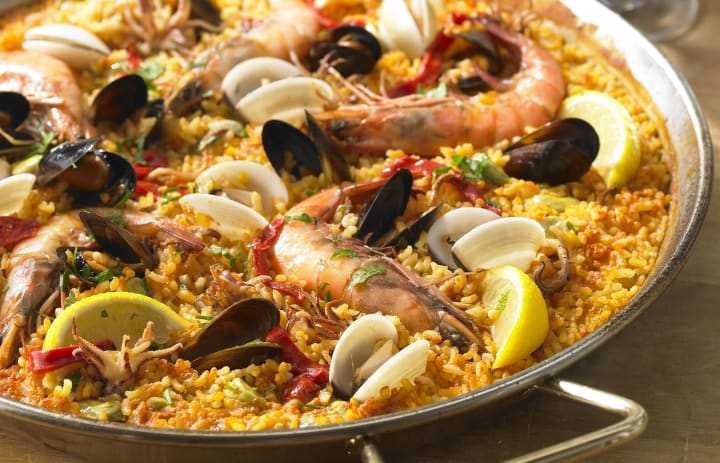
DAY TEN: BULGARIAN CUISINE
Bulgarian food is known primarily for its use of hearty vegetables and dairy products. I thought about making one of its more well known heavier meals, but on this particular day I was not in the mood for a lot of food, so I instead chose to make a traditional starter course as my meal.
TARATOR
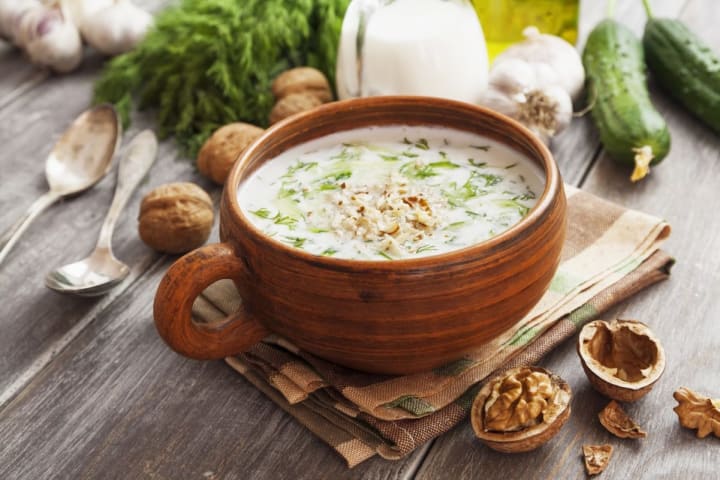
DAY ELEVEN: AUSTRALIAN CUISINE
Australian cuisine has an interesting mix of influences. There is definitely the presence of their English forefathers, but you can also see the influence of their nearest neighbors in Asia, particularly Japan. I was excited to try to cook with lamb for the first time, and explore this unique fusion of flavors.
MISO LAMB CUTLETS
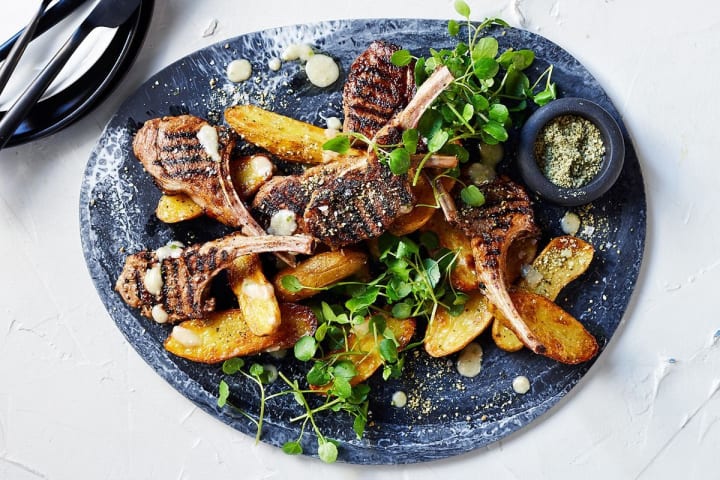
DAY TWELVE: GREEK CUISINE
Greek cuisine seems to really pride itself on its natural ingredients. Their meals are chock full of natural oils, spices and vegetables, making it one of the most heart healthy cuisines in the world.
SPANAKOPITA
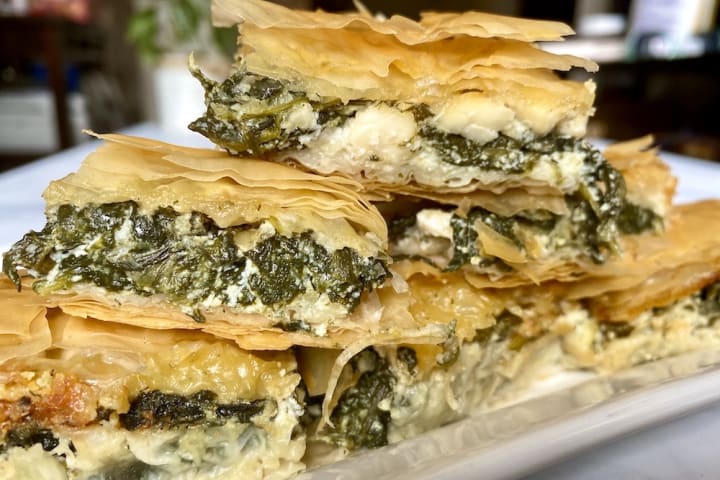
DAY THIRTEEN: BRASILIAN CUISINE
Brasilian dinners usually consist of some combination of rice and beans paired with meat, usually eaten around 7 or 8 in the evening. Their meals are heartier, so I chose this cuisine to pair with my bicycling excursion earlier in the day.
FEIJOADA
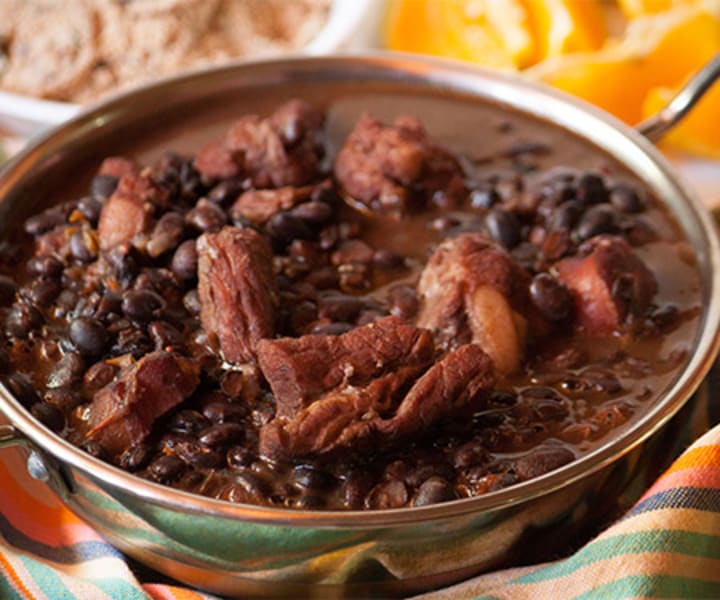
DAY FOURTEEN: EGYPTIAN CUISINE
Egyptian meals make heavy use of the legumes, vegetables and fruit that grow on the rich Nile Valley and Delta. It shares a lot of flavor profiles with Greek and other Mediterranean cuisines.
KOSHARI
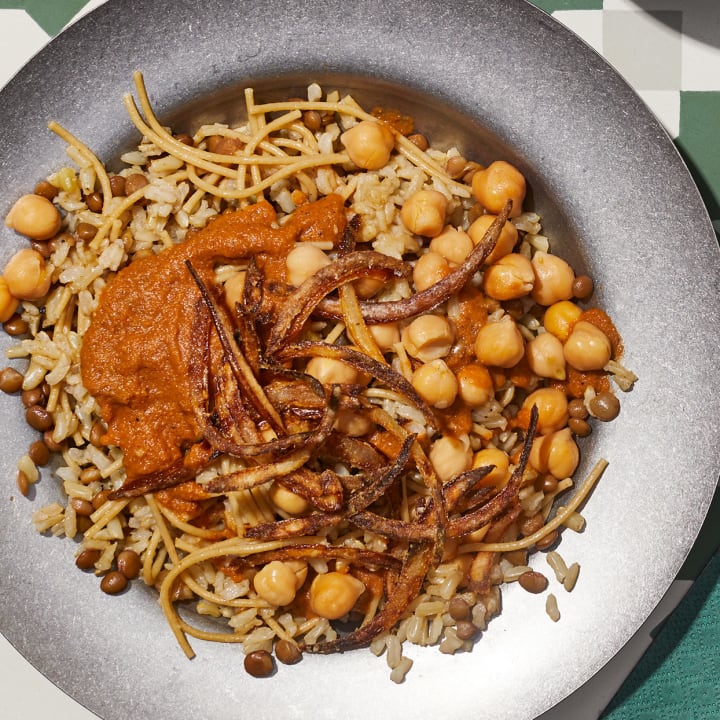
DAY FIFTEEN: GERMAN CUISINE
Today was a rainy day, so I decided to cook something warm and familiar. My mother is German, so this is a cuisine I am personally attached to. Their meals primarily consist of meat and potatoes. Luckily, I had a homemade recipe on hand to use for this occasion.
ROULADEN WITH SPAETZLE
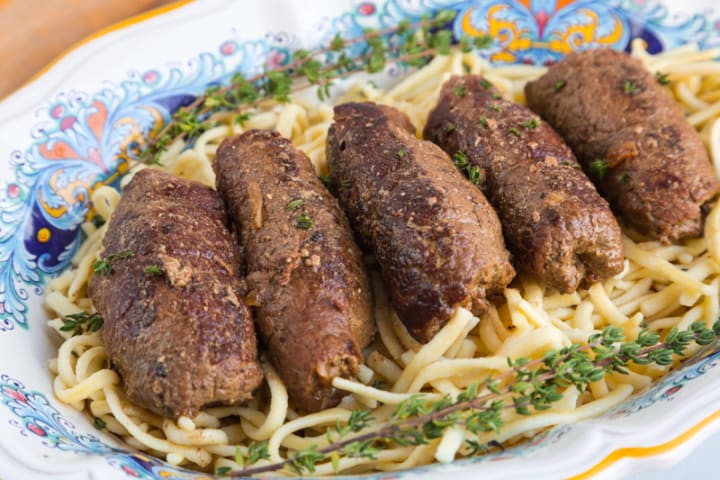
DAY SIXTEEN: CUBAN CUISINE
A typical Cuban meal consists of rice and beans, either cooked together or ‘congri’ or apart ‘arroz’. Most of their flavor influences stem from their Spanish roots.
ROPE VIEJA
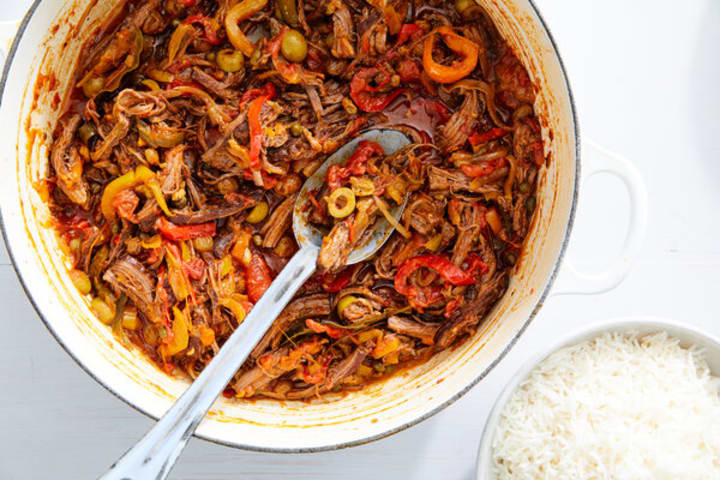
DAY SEVENTEEN: ITALIAN CUISINE
If there’s one thing I love that could constitute as a guilty pleasure, it’s pasta. This being true, I was excited to try making my own pasta for the first time.
PASTA AL TONNO
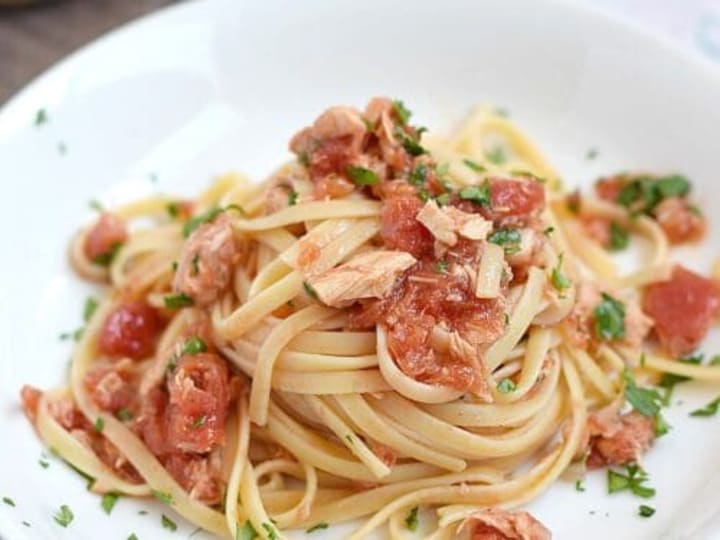
DAY EIGHTEEN: ARMENIAN CUISINE
Armenian meals commonly use lamb and rice combinations. It is very closely related to the flavor profiles of Mediterranean cuisines.
DOLMA
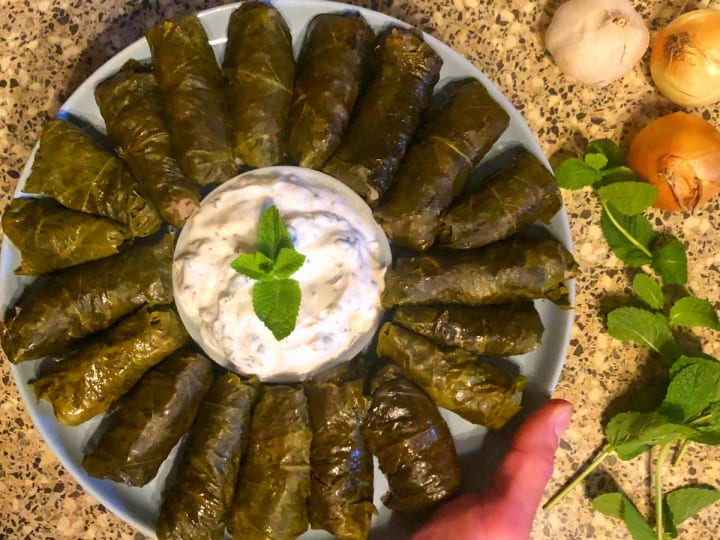
DAY NINETEEN: DANISH CUISINE
The origin of Danish cuisine is from peasants produce, grown from their own personal farms. This was updated by 19th century cooking techniques born out of the Industrial Revolution. At its core however, it is still very much classic ‘peasant food’, meat and hearty vegetables, similar to a Germanic cuisine.
FRIKODELLER WITH KARTOFLER
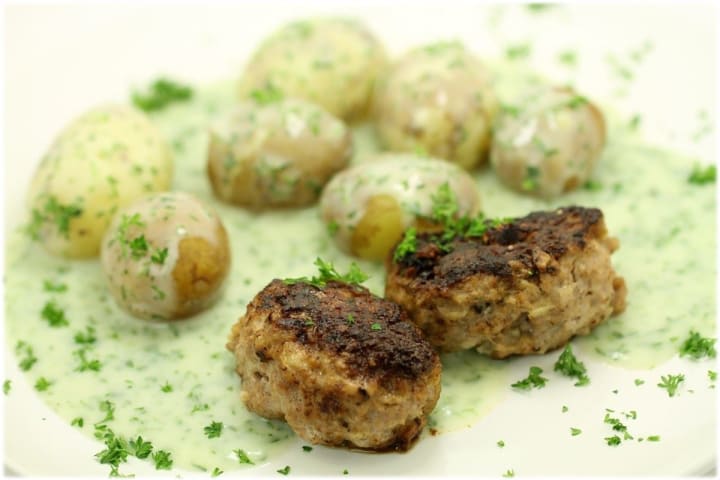
DAY TWENTY: PORTUGESE CUISINE
The traditional Portuguese cuisine is meat or fish with several sides. Fish in particular is very popular as a main course in Portugal, due to its plentiful sea ports.
PORTUGESE FISH STEW
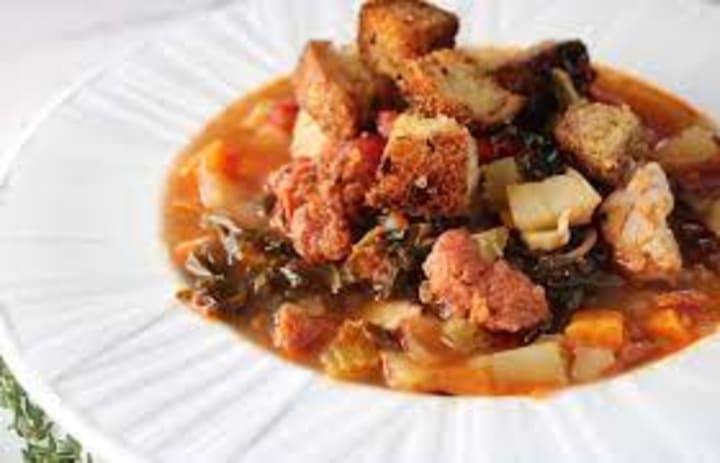
DAY TWENTY-ONE: PERSIAN CUISINE
A major staple of the Persian cuisine is rice, herbs, cheeses and a variety of flatbreads. It is very close in flavor profile to the countries on the other side of the Mediterranean sea.
HERBED RICE WITH FISH TAHDIG
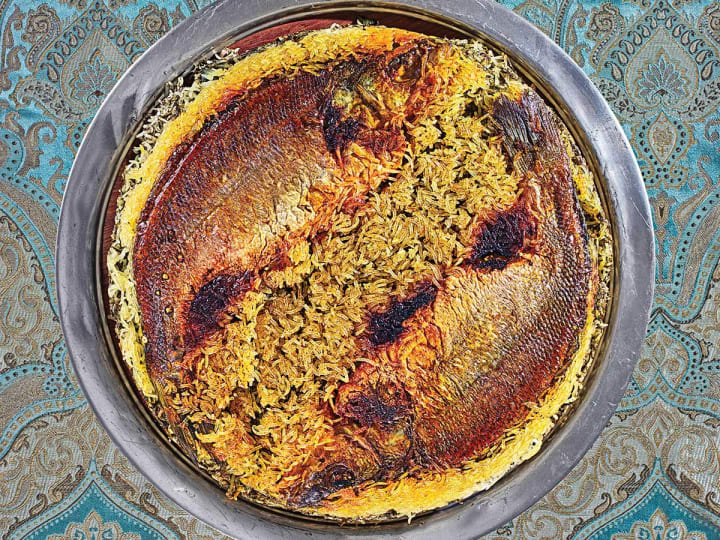
DAY TWENTY-THREE: LEBANESE CUISINE
Poultry is more common than red meat in Lebanese cuisine. Whole grains, fruits, vegetables and fish are other staples. Another meal heavy with Mediterranean influences, but luckily I’ve found it to be a favorite of mine.
SHISH TAWOOK
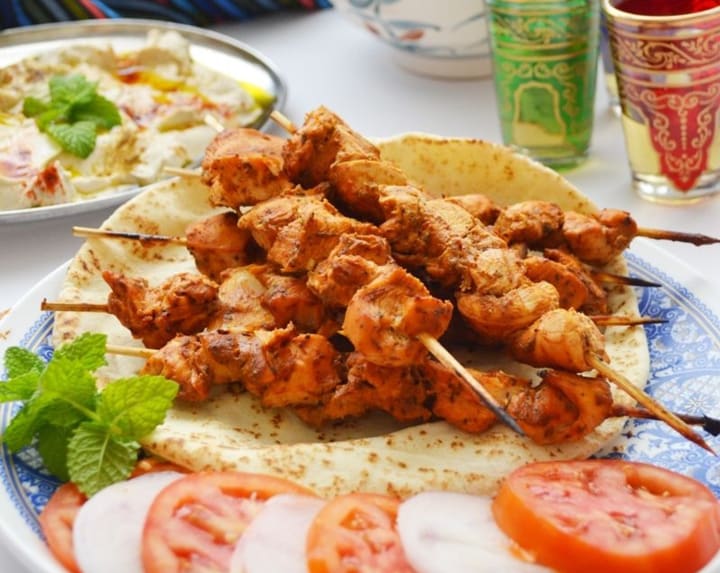
DAY TWENTY-FOUR: DUTCH CUISINE
Dutch cuisine is very closely related to the Germanic flavor profile. Meat with potatoes and vegetables, usually in some kind of sauce is the traditional dinner.
ERWTENSOEP
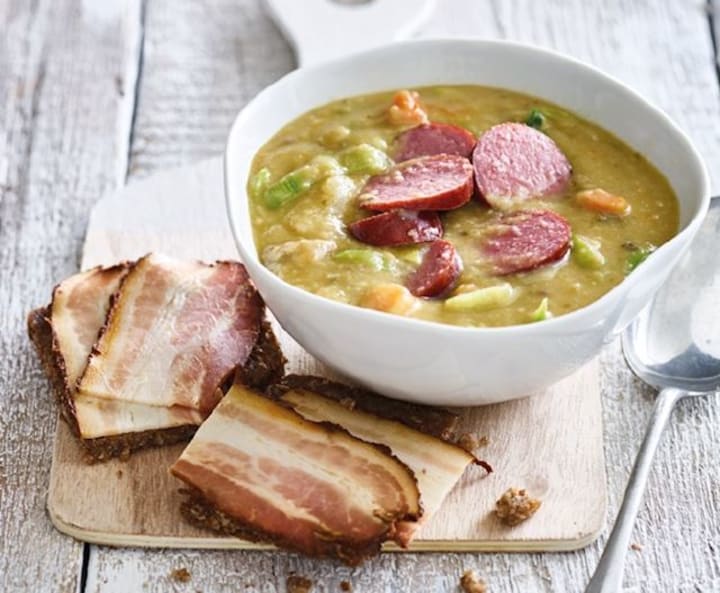
DAY TWENTY-FIVE: LITHUANIAN CUISINE
Lithuanian meals consist primarily of root vegetables, meat and dairy which can all be grown in its cold climate. As such it is a very hearty and filling choice of cuisine. Since I had the already heaven Dutch cuisine the night before, I opted for a slightly lighter meal option, which ended up to basically be the same as my Russian cuisine. Oh well, it still tasted good.
BEETROOT SOUP
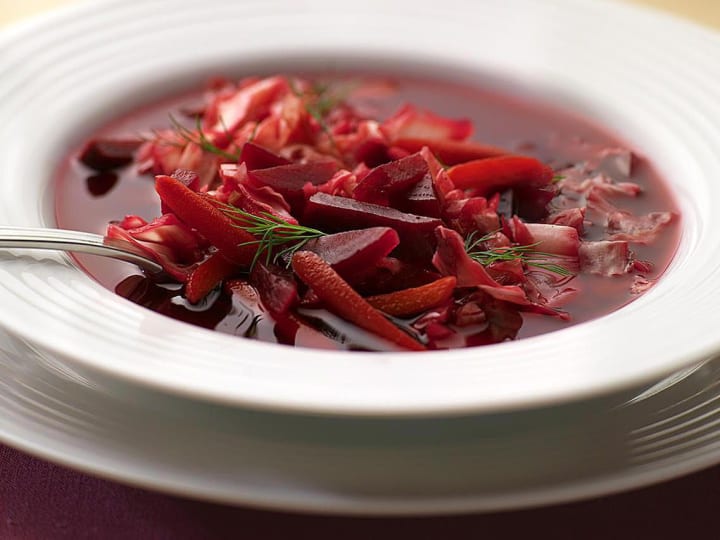
DAY TWENTY-SIX: ETHIPOIAN CUISINE
Most Ethiopian meals are built upon injera, a spongey pancake like bread. This unique style of serving food eliminates the need for cutlery and utensils.
DORO WAT WITH INJERA
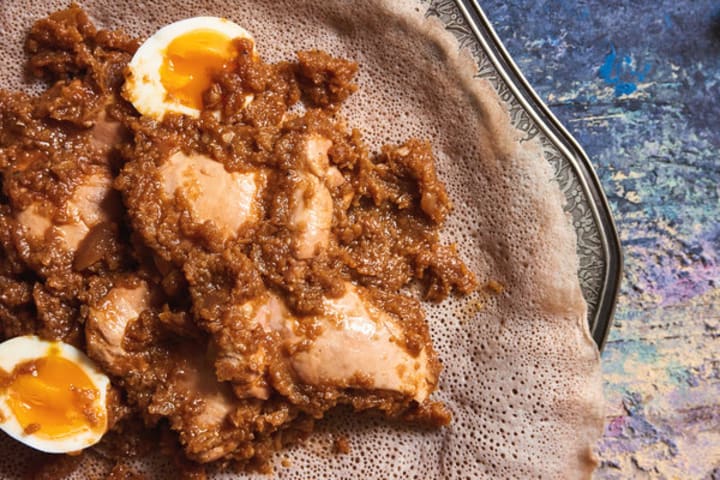
DAY TWENTY-SEVEN: MORROCAN CUISINE
Moroccan cuisine is influenced by its common exchanges with other cultures and nations over centuries. It mostly takes its flavor profile from the Mediterranean, but there are some heavy European, particularly Spanish and French influences as well.
MOROCCAN BEEF DAUBE
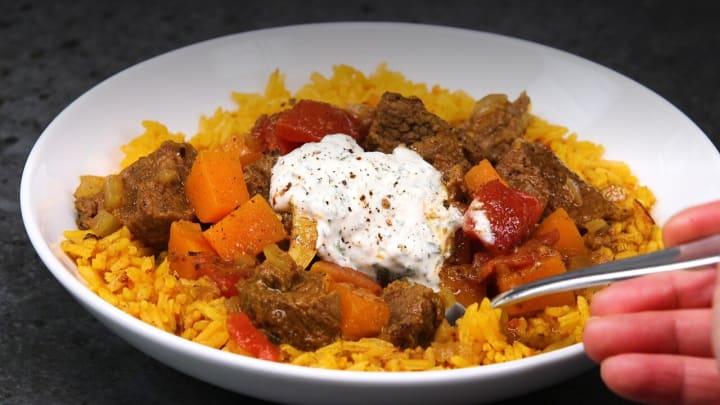
DAY TWENTY-EIGHT: TAIWANESE CUISINE
Taiwanese food is sugary and aggressively herbal with a deep umami flavor profile. It is born out of an interesting hodgepodge of different cultures that existed within the borders of Taiwan over centuries, along with the later influences of Japanese and American colonization.
THREE CUP CHICKEN
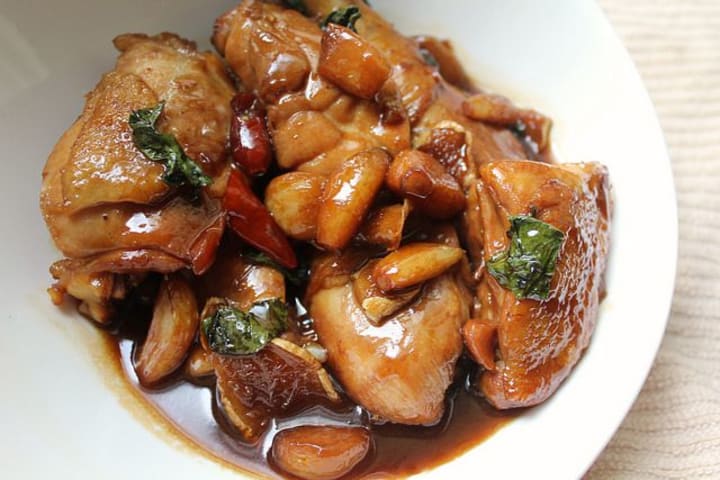
DAY TWENTY-NINE: POLISH CUISINE
Polish cuisine shares a lot of commonality with Germanic food as well as the Ashkenazi Jewish culinary traditions. Meat with vegetables and a side salad is the most traditional dinner combination
HOMEMADE POLISH PEROGI
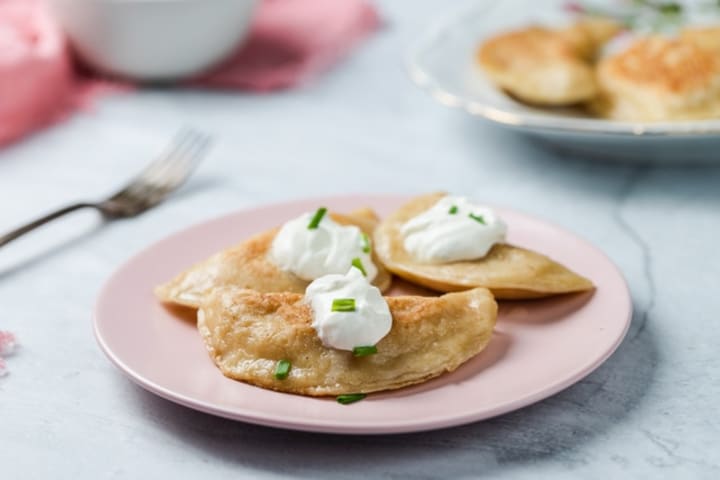
DAY THIRTY: INDONESIAN CUISINE
With it’s slow cooking methods and complex curries, Indonesian food offers layers of rich flavor and fragrant spices.
GADO GADO
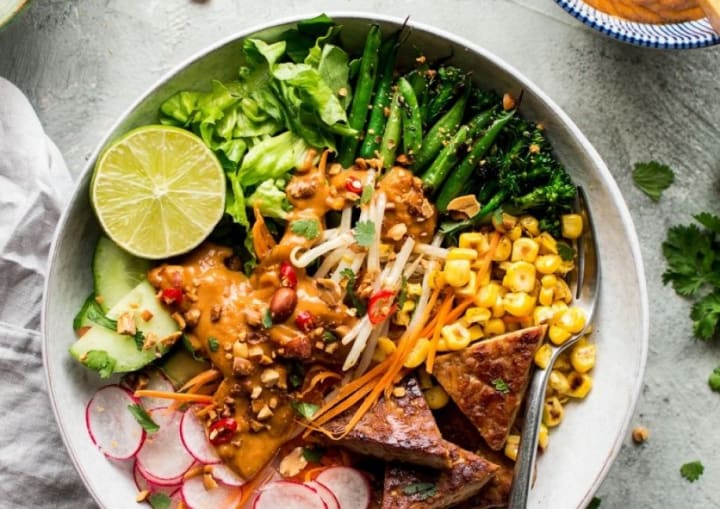
THE VERDICT
This was an insane culinary adventure that I was glad I committed to. I’m not sure I could do it again to this extent, as the prep work took a lot of time out of the day, but overall I came away with a greater appreciation for a world full of rich cultural food history and tradition. Some major takeaways: I never realized how many countries classify themselves as Mediterranean. Also, I appreciated that a lot of countries use their unique resources as the primary source of their food. It should go without saying, but it was a pleasant surprise to me.
About the Creator
Nicole Westerhouse
I'm thirty.
Damn, that hurts to type, but there it is.
Not much of note.
I suppose I should say "yet."
Makes it sound like I'm going places.
Enjoyed the story? Support the Creator.
Subscribe for free to receive all their stories in your feed. You could also pledge your support or give them a one-off tip, letting them know you appreciate their work.




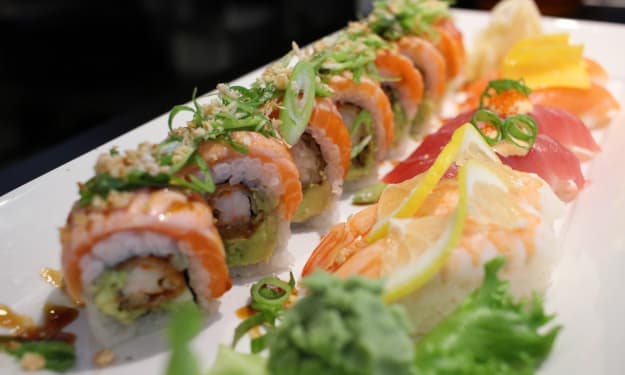

Comments
There are no comments for this story
Be the first to respond and start the conversation.